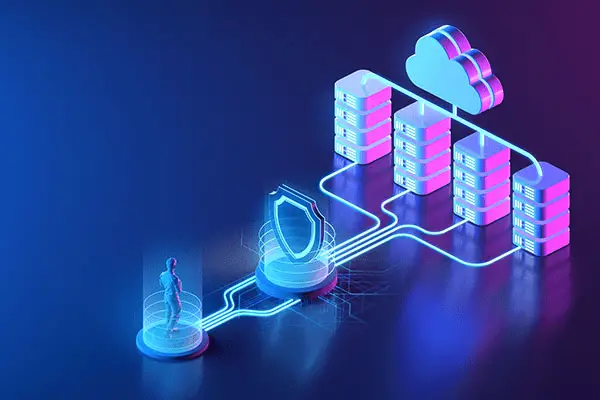
Photo by Untangle (Licensable)
Transitioning your bank’s legacy system to a modern digital banking solution increases more than just available computing capacity. It can fundamentally change the way your clients interact with your institution.
Already, many banks are adopting current-generation banking systems because of their lower maintenance costs, expanded automation potential, and better data visibility. Less discussed is the central role they can play in improving client engagement, retention, and lifetime value. Addressing these three key client metrics can effectively reduce the cost of each transaction. More importantly for banks, however, better client engagement also improves the institution’s branding.
Key to achieving these benefits are improved personalization features. In legacy systems, customization options tend to be limited and often involve significant input from the IT and client service teams. Newer systems allow a wider range of custom options right out of the box, which could be implemented by anyone with access to the system.
Here are just some ways new digital banking platforms can give your clients a bespoke experience:
1.) Simpler Configuration Processes
In more recent legacy systems, client-side personalization is basically impossible. Customizations would only be possible with help from client service representatives with input from the IT team and, occasionally, the technology partner or vendor. This increased involvement was often not practical for the majority of customers, limiting personalization to a few key clients.
Never systems solve this issue by offering a selection of built-in customization options to bank employees and clients alike. With new systems, every client can enjoy a level of service personalization previously reserved for large account holders only.
2.) Leverages the Internet of Things
People today are increasingly dependent on smart devices other than their phones and computers. Forrester’s The State of Digital Banking, 2022 report indicates that about 30% of American adults with a bank account used smart devices such as Google Home or Amazon Alexa to check their bank accounts. A smaller but growing number may also link their bank accounts to their smart refrigerators.
Tapping into this tech-adept market will require banks to wholeheartedly embrace the potential of newer platforms, particularly for client-side personalization.
3.) Permits Seamless Payments Experiences
Of course, the reason you would want to connect smart appliances like refrigerators to a bank account is to facilitate the automatic acquisition of food items that may have run out in your home. Smart fridges are just one of many examples where a client would want to set up seamless regular payments by themselves.
With current platforms, clients can easily customize seamless payments and transfers from a mobile or web app, without the need to visit a bank branch. With just a few taps, clients can specify when and how to pay bills or make fund transfers. As with the fridge example, they can also link their accounts to secure third-party web apps or smart devices. This frees clients from having to take time out of their day to manage routine finances, improving the overall customer experience.
4.) Allows Bespoke Remarketing
Clients all have different preferences when it comes to marketing materials, with some preferring emails and others preferring text messages or social media. Most will also have a preferred frequency of contact and enjoy content on specific finance or lifestyle topics.
Digital banking platforms make it easy to provide clients with the kind of remarketing materials they want, especially when these systems are integrated with compatible marketing automation software. When set up properly, your bank can offer highly targeted content to existing clients, dramatically increasing their engagement and improving retention.
5.) Preemptive Automation
Apart from manual personalization, digital banking solutions can also preemptively automate various aspects of client interaction for a better overall experience.
Modern systems have highly advanced artificial intelligence and adaptive machine learning capabilities, enabling them to automate processes that would be tedious to do manually. This allows banks to create transaction experiences that appear seamless from the client’s perspective.
Cybersecurity checks, regulatory compliance, and other normally laborious activities can be automated effortlessly in the background, with the client encountering minimal or no lags in their banking experience. These systems could also be set up to upsell useful services to clients, based on their previous transactions, further increasing client delight and value with minimal input from your team.
Make Banking Even More Personal
Client engagement is key to better client lifetime value. In a market as competitive as finance, keeping existing customers happy is usually a much better strategy for improving revenue compared to constantly looking for new customers who may end up just doing a few transactions before leaving for good.
The emergence of digital banking solutions and highly stable cloud computing platforms has greatly expanded the ability of banks to engage clients more frequently and at a deeper level. The mobile-friendly, user-side customization features offered by these new systems permit better levels of engagement than were previously possible, empowering clients and reducing transaction costs for banks.
If a bank does upgrade to a system that offers deeper client-side personalization, understanding the potential of these platforms can be crucial for leveraging them towards sustainably growing the institution.